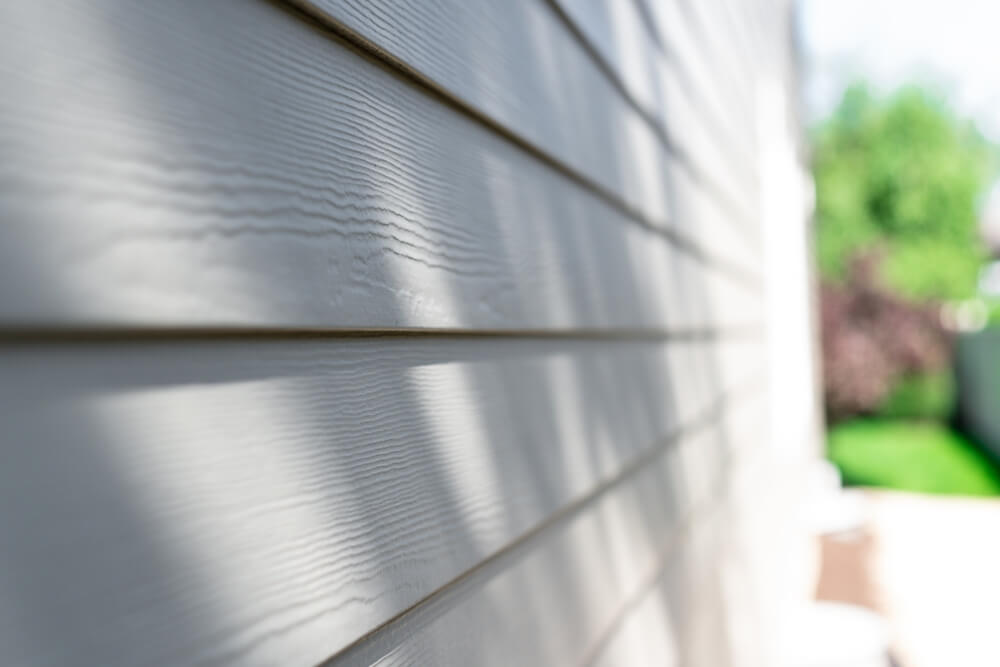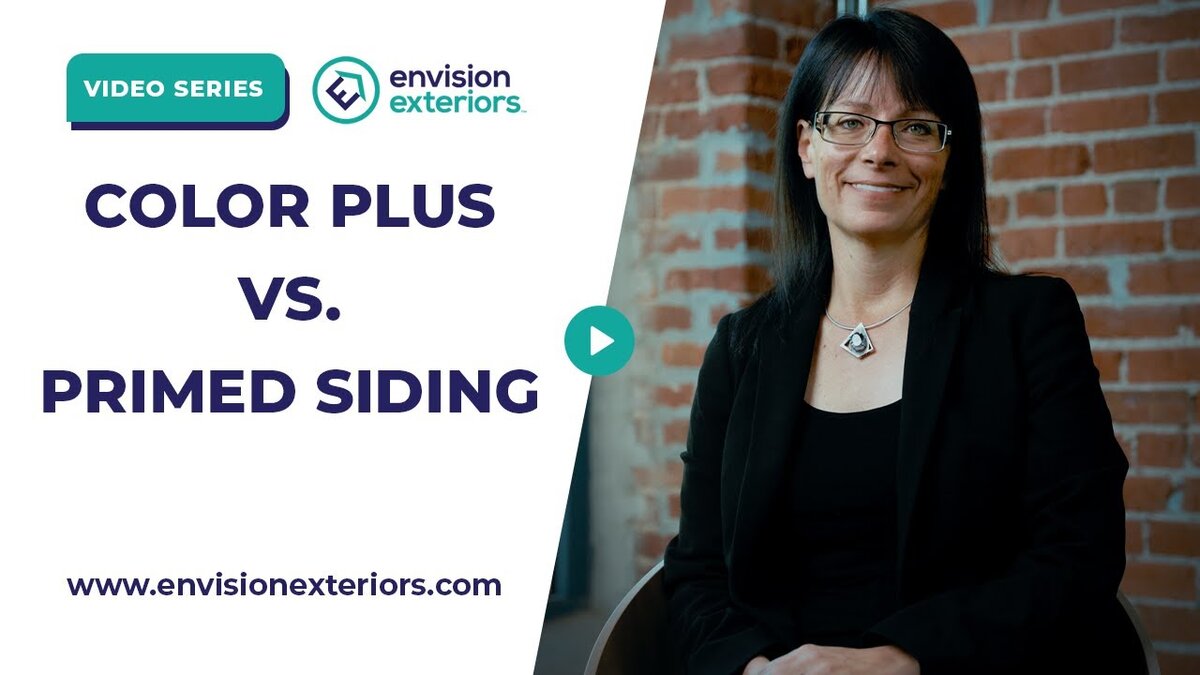When it comes to home exteriors, few names command as much respect as James Hardie. Known for its durability and aesthetic appeal, James Hardie siding is a popular choice for homeowners who want to enhance their home’s curb appeal while ensuring long-lasting protection. In this article, we’ll explore what James Hardie siding is made of and why it’s such an excellent choice for home exteriors.
What Is James Hardie Siding Made Of?
James Hardie siding, also known as HardiePlank or HardieBoard, is a type of fiber cement siding. It’s composed of a unique blend of materials that give it strength, durability, and versatility. The key ingredients include:
1. Cement
The primary component of James Hardie siding is cement. The cement in this type of siding is responsible for its exceptional strength and durability. It’s not ordinary cement, but a specialized mix that ensures the siding can withstand various weather conditions.
2. Cellulose Fibers
To enhance the flexibility of the siding, cellulose fibers are incorporated into the mix. These fibers come from wood pulp and give the siding a unique resilience, allowing it to expand and contract with temperature changes without cracking or breaking.
3. Sand
Sand is another key component of James Hardie siding. It adds density to the material, making it sturdy and resistant to impact. The sand also helps in achieving a smooth finish, which is crucial for the siding’s appearance.
4. Water
Water is essential in the manufacturing process, acting as a solvent to combine all the materials. During the production process, the water evaporates, leaving behind a solid, durable product.
5. Other Additives
James Hardie siding may also include small amounts of proprietary additives that enhance its performance. These can include substances to improve fire resistance, weatherproofing, or color retention.
Advantages of James Hardie Siding
1. Durability
One of the standout features of James Hardie siding is its exceptional durability. The combination of cement, cellulose fibers, and other materials makes it resistant to weather elements, pests, and even fire.
2. Aesthetic Appeal
James Hardie siding offers a variety of styles and finishes, making it an excellent choice for homeowners who want to customize their home’s appearance. Whether you prefer a classic wood look or a modern finish, there’s a Hardie siding option for you.
3. Low Maintenance
Another major advantage of James Hardie siding is its low maintenance requirements. Unlike wood siding, it doesn’t need frequent painting or sealing. The material is designed to retain its color and finish for many years, reducing the need for upkeep.
How James Hardie Siding Is Manufactured
1. The Blending Process
The manufacturing process begins with blending the key ingredients. The cement, cellulose fibers, sand, and water are mixed together to create a slurry. This mixture is then shaped into boards or panels.
2. The Curing Process
After shaping, the siding goes through a curing process, where it is heated and pressed to remove excess water and create a dense, solid material. This curing process is crucial for ensuring the siding’s strength and durability.
3. The Finishing Process
In the final stage, the siding is finished with a protective coating. This coating helps to improve the siding’s resistance to weather and UV rays, ensuring that it remains vibrant and intact for years to come.
Conclusion
James Hardie siding is made of a robust combination of cement, cellulose fibers, sand, water, and other additives, resulting in a durable and aesthetically pleasing product. Its exceptional qualities make it a popular choice for homeowners seeking to enhance their home’s exterior with a product that offers both beauty and functionality. If you want to learn more or get started with James Hardie siding, feel free to contact Envision Exteriors today for more information.






